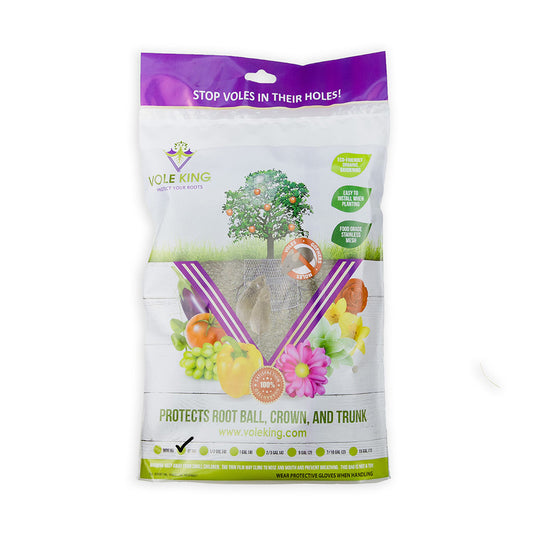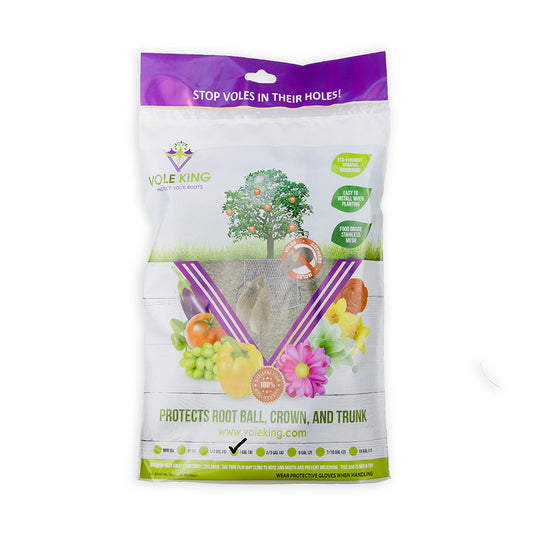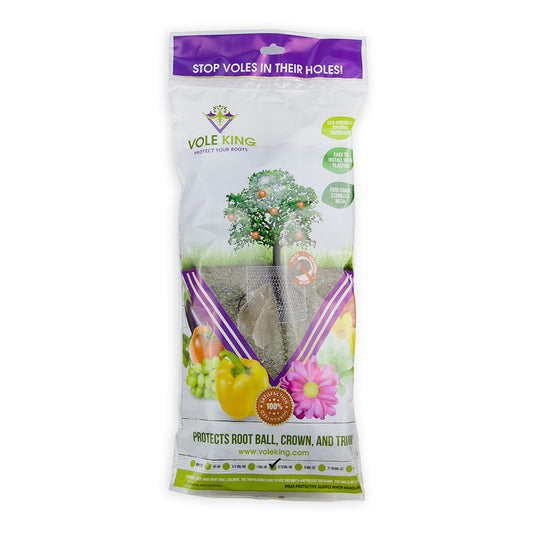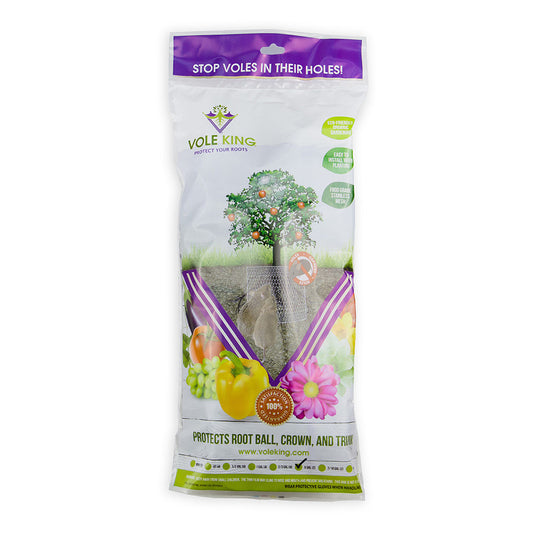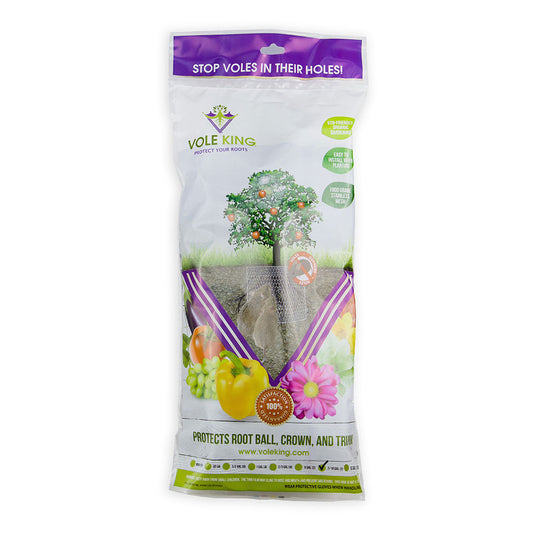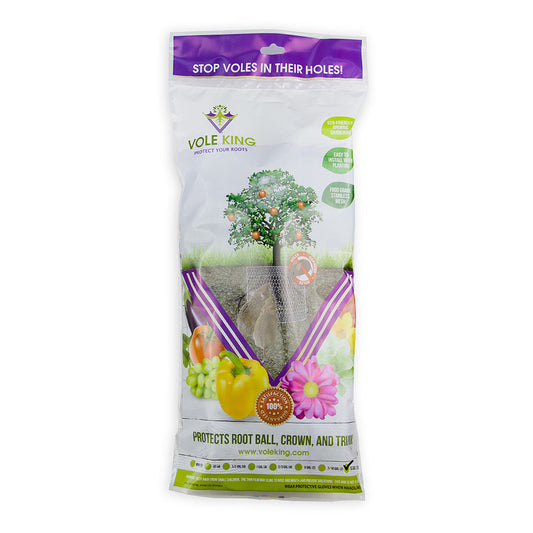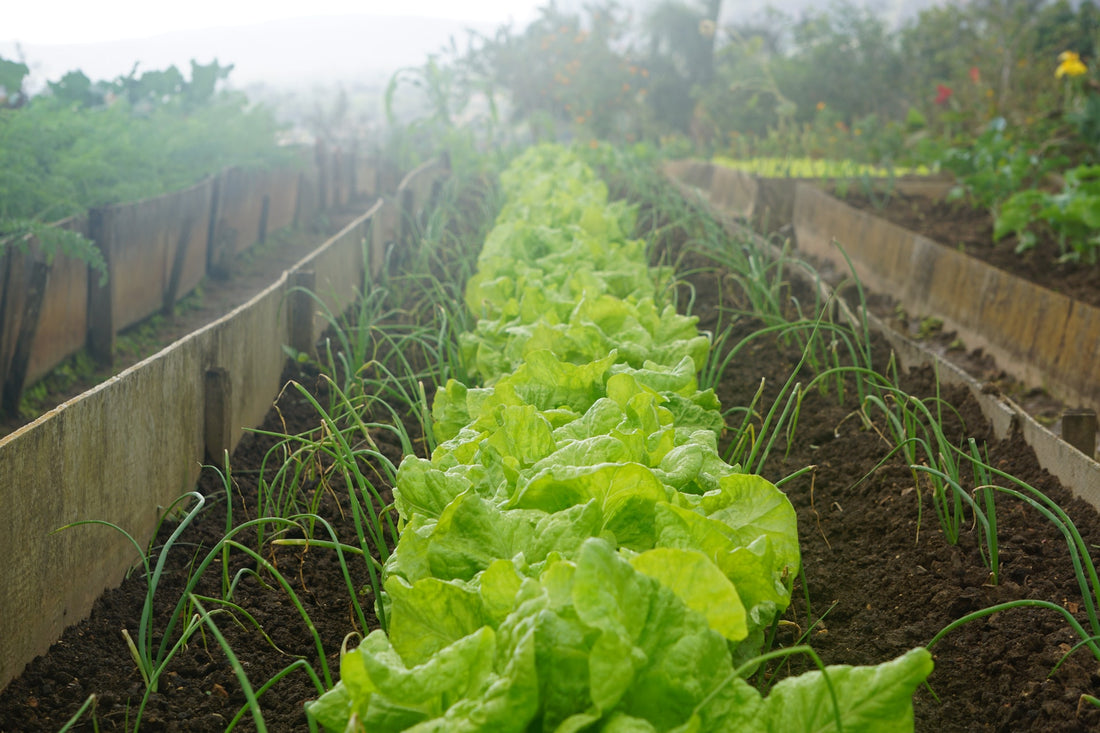
Late Summer Gardening
Share
Hi friends! Welcome back to the blog! Hope you’re having a fantastic summer! By now, hopefully you’ve been able to enjoy some of the fruits of your gardening labor! Maybe some of your garden plants are just about finished producing fruits and veggies? Or maybe your family is just finished with them, having already eaten squash more ways than they ever thought possible?! Regardless, once those early summer veggie plants have passed their prime, waste no time on starting round two, to maximize your garden’s potential! Or, maybe you just never got around to planting that spring garden in the first place? Late summer is the perfect time to plant for a fall harvest! Read on for tips on how to make the most of your garden in late summer!
Once those first round plants are spent, go ahead and pull them out of the garden, and add them to your compost pile. By composting, they can break down and add nutrients back into the soil for future generations of plants. Of course, if they are diseased, or have a bug infestation, then it’s best to burn them or put them in the yard waste trash. Next, replenish the soil with compost or an organic fertilizer…the plant you just pulled out likely used a lot of the same nutrients as the new crop will require. Mix it in and rake the top over so it’s smooth…now you’re ready to get started again! Keep in mind that you don’t need an empty garden bed to plant the next crop. Even if you’ve just pulled up a plant or two, it’s a perfect opportunity to start something new for fall harvest. Some crops actually do better planted in installments, such as greens and lettuce. Those tender baby leaves are almost always sweeter and tastier, and you can keep the cycle going by planting every 2-3 weeks!
If your planting bed is already lined with Vole King wire mesh, that’s one less step for you to worry about, but if not, consider planting in Vole King baskets if you experienced any signs of burrowing rodent activity. Vole King can also be used above ground to protect your crops from squirrels, racoons, rabbits, and birds. Wrap it directly around individual melons or pumpkins as they grow, or make a cage around your blueberry bushes. If your garden is under attack, please feel free to reach out to us directly, and we’ll be happy to make suggestions on how our Vole King product line can help with your specific needs!
Now that you’ve planted those seeds or seedlings, be sure to keep the soil cool with a wire hoop shade, or shade from a tall plant. Sowing seeds deeper than you would for a spring harvest will keep them cooler too. Don’t forget that we still have several weeks of hot weather!
What should you plant? Carrots, beets, radishes, turnips, broccoli, cauliflower, swiss chard, kale, cabbage, green onion, lettuce and other leafy greens, bush beans, and bush peas (not climbers!) are all good options! Choose crops with a shorter maturity if you live further north, or if it’s later in the summer, and keep in mind that plants may take longer to mature due to the shorter days and cooler temperatures that fall tends to bring.
When exactly should you plant? Start backwards by looking up the average date of the first frost in your area. In Central NC where we live, the average first frost is October 30, so we’ll use that for our calculations. Next, look at the time to maturity listed on your packet of seeds…let’s assume it’s 60 days, as that’s reasonable for most crops. Counting back 60 days puts us at August 31. Now let’s add a 14 day “Fall Factor” to account for those shorter days and cooler temps…this will also protect you in case of an early frost. Counting back 14 more days puts us at August 17th. This means that at our house in Central NC, we want to get those fall crops in the ground by then. Can you plant sooner? Of course, you can plant as soon as the original crop is done! Can you plant later? Maybe…some crops are more cold hardy than others. If you’re not sure if you’ll be able to get your next round planted in time, choose cold hardy crops such as Brussels sprout, cabbage, kale, or collards, which can survive temperatures down to 20 degrees. Garlic is also a good one to plant in the fall, as it will overwinter in your garden, and produce big bulbs the following July.
If another round of gardening is more than you want to commit to for the remainder of summer, consider planting “green manure,” aka a cover crop! Cover crops can help prevent weeds, increase the nutrient content of the soil, and prevent erosion. A thick layer of clover or rye grass will choke out weeds, and replenish the soil. Legumes, such as clover, are excellent for adding nitrogen back into the soil. Pluck out any flowers that may develop before they self-seed and become weeds themselves. Turn your “green manure” into the soil in late fall, once a hard freeze has killed it off, and your Spring planted veggie plants will thank you! If it doesn’t die over winter, till it into the soil about 2 weeks before you’re ready to plant, to give it time to break down.
So, what late summer crops are you planting? Or will you go the “green manure” route instead? We want to know! You can find us on FaceBook, Instagram (@vole__king), and YouTube! Don’t forget to protect your new plantings with Vole King wire mesh baskets and rolls! Happy Planting!
